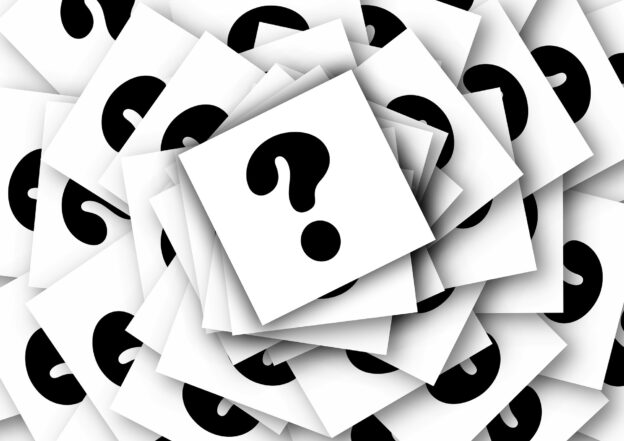There is a lot of misinformation in the news stream about Covid-19 treatments and vaccines. A recent podcast by The Natural Medicine Journal provides science-based answers about:
- Ivermectin, a proposed alternative treatment/vaccine.
- Do vaccinated people shed the virus?
- Do people who had Covid-19 need to get vaccinated?
- Bonus question not covered by the podcast: Do vaccines become part of our DNA?
Here is the summary of the discussion.
Ivermectin: a vaccine alternative or viral preventative? Answer: Not really for either.
Ivermectin is a prescription drug traditionally used to treat parasitic infections. There is some evidence that this drug reduces viral penetration into cells and some practitioners have been prescribing it as a treatment or vaccine alternative. Unfortunately, this drug has not shown significant effectiveness in preventing Covid-19 or reducing the spread of the virus. The studies showing some effectiveness indicated that the drug only lessened the disease duration by 2 days. This may be helpful, but the side effects including rash, eye pain and visual changes, mental status changes, balance disruption, gastrointestinal disruption, fever, and swelling in hands and feet could occur with each dose. Because the virus continues to exist in the community, unvaccinated individuals desiring to take Ivermectin would need to take this drug regularly.
In my medical opinion, the risk factors for taking this drug are too high and benefits too low to consider this drug for treatment or prevention of Covid-19. There are low cost, viable, and non-toxic prevention measures available to most people including social distancing and using mouth and nose guards (ie, masks) to reduce viral penetration into respiratory cells. Vaccination is also low risk for most people, requires minimal use, and has proven effective.
Do the approved vaccines shed the virus? NO.
The Pfizer, Moderna, and Johnson & Johnson vaccines do not shed virus. This is due to the fact that the vaccines do not form complete virus nor do they have the mechanism to shed thru the respiratory tract or gastrointestinal track.
Furthermore, once the vaccine is used by the cells, it can not reproduce to create more vaccine.
I’ve had Covid-19 and recovered. Should I get vaccinated? YES, especially if over the age of 65.
Those with past infections of Covid-19 may benefit from vaccination. An immune system may build some immunity against Covid-19 after infection, but it may not be strong enough in some people to prevent another infection. It is difficult to know who has high or low immunity following a Covid-19 infection. The reason for a potential low immune response is because the virus is good at blunting an initial immune response as a way to give itself time to replicate before the immune system activates. The good news is that people with a history of Covid-19 infection may only need one vaccine injection due to the immense immune response after 1 dose of vaccine.
Bonus topic, not discussed in the podcast:
Do the vaccines integrate themselves into my DNA? Answer: NO.
The Pfizer, Moderna, or Johnson & Johnson ( J&J ) vaccines do NOT change your DNA.
To help understand how they work, think of the following analogy.
- Creating immune antibodies is like ordering a manufactured product (without having to go to Amazon).
- You first have to send an order to a manufacturing plant with the blueprint instructions to build your product. The vaccines are the manufacturing blueprints to build a small part of the virus. For Pfizer and Moderna, the blueprints are mRNA embedded in a fat base. For the J&J vaccine, the blueprints are DNA embedded in a deactivated adenovirus.
- These blueprints are NOT sent into our DNA but are interpreted by the protein-building systems of the cell.
- mRNA vaccines go directly to the manufacturing machines.
- DNA vaccines have to be converted into mRNA which is then sent to the manufacturing machines.
- Once protein-building systems of the cell interpret the mRNA blueprints to build a part of the virus’ spike protein, the finished product, a spike protein remnant, is then released from the cell where the immune system can take a look at it.
- When the immune system sees this incomplete spike protein, the immune system then creates an immunoglobulin, an immune protein, which is then put in the immune “library” to be remembered when needed. Later, if you are exposed to the entire virus, the immune system activates when it recognizes the part of the virus that looks like your manufactured product (the spike protein remnant). The immune system can then easily eradicate the virus before it embeds into your respiratory cells.
- This process explains why the vaccine does not shed. Once this process is complete and the cells have used all the vaccine mRNA or DNA to make the spike protein remnant, the cells can not make more spike protein remnant. The body is ready, however, to make more immune protein when presented with the virus and provide you with immunity.
